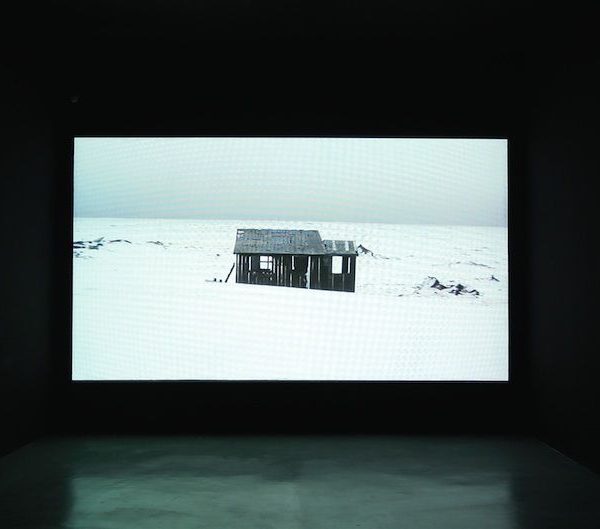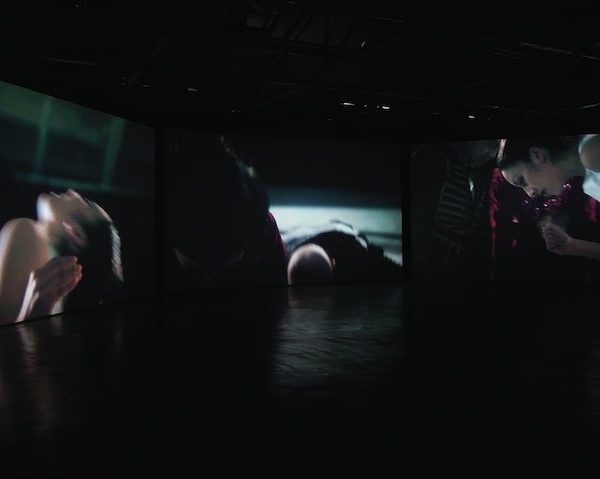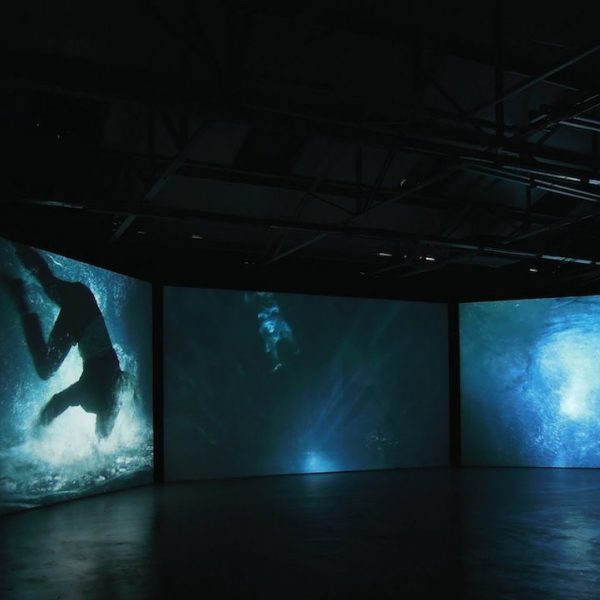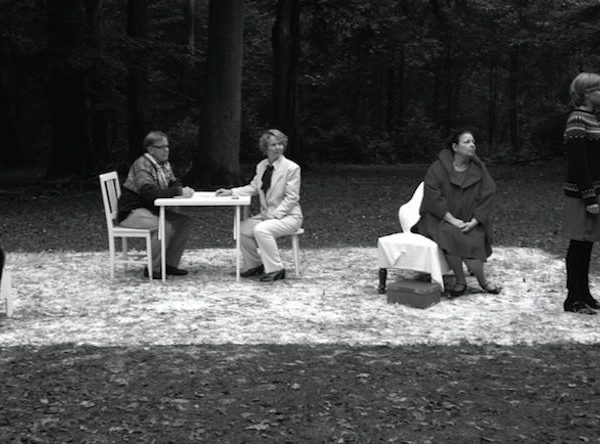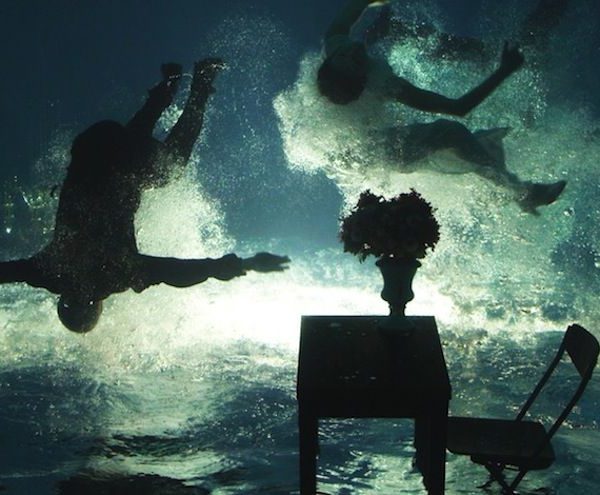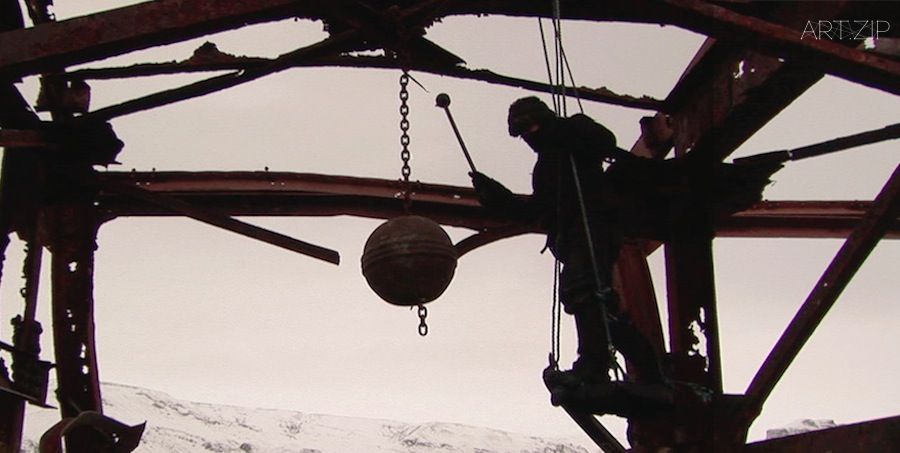
The founder of Arario, Mr. C.I.Kim, ranked in the top 50 Asian collectors internationally, began collecting artworks by European and American artists about half a century ago. Once Kim succeeded in founding Arario gallery in the European and American market, he shifted his focus to China, and continued to expand his artistic domain, aiming at building a comprehensive art gallery system that is proficient for contemporary society.
In order to build a wider platform for more Asian artists, Arario is committed to establish equal dialogues between the Asian art world with its Western counter part to instigate positive development of the contemporary art world. Arario Gallery was found in 1989. With over a decade of saturation and accumulation, the gallery has expanded its operating domain to the two cities of great potential in Asia and America, namely Beijing and New York. Both have successfully incorporated entrepreneurial models into promoting and supporting artist’s careers. Since the founding of its Beijing space, the gallery has become an important conjunction of interaction between Eastern and Western art. It has successfully hosted academic exhibitions of international scale.
阿拉里奧的創始人,世界排名前50的著名亞洲收藏家金昌一(C.I.Kim)先生在半個世紀前便開始收藏歐美著名藝術品。在其創辦的紐約阿拉里奧畫廊成功登陸歐美市場以後,他將目光轉往中國,在北京酒廠藝術區繼續拓展他的藝術版圖,旨在建立一個健全且能够貢獻於並影響當下社會的畫廊體系,為更多的亞洲藝術家搭建更廣大的平台。阿拉里奧致力於連接亞洲與西方藝術世界間的平等對話,從而促進當代藝術界健康良性地發展。
阿拉里奧畫廊成立於1989年,經歷了十多年的沉澱與積累,現在已將畫廊營運版圖擴大到亞洲與美洲的兩個績優股城市北京和紐約,他們成功地將企業經營模式帶入對藝術家生涯經營的推動與扶持層面上。北京空間自建立以來已成為東西方當代藝術互動的重要樞紐,並且成功展出了具有一定學術地位的國際規模展覽。2008年的金融海嘯使全世界無數的畫廊都受到衝擊,阿拉里奧也不例外,北京以及紐約的畫廊在經營策略及架構上都做出了積極的調整。
About the collector C.I. Kim
Mr. Ci Kim, a businessman from Cheonan City made his name internationally as an influential collector through Arario Gallery. Mr. Kim began as a collector in 1978. His collection started with local Korean artists and only from 1998 began collecting international contemporary art. He made his name first through his collection of Young British Artists (YBA) like Damien Hirst, Marc Quinn, Anthony Gormley, Tracey Emin, Gavin Turk, Mona Hatoum, Jake & Dinos Chapman, to name a few. When he rebuilt his gallery in 2002, he invited Damien Hirst’s site-specific installation ‘Hymm’ of 19-1/2 ft. high, making this the landmark of Cheonan’s cultural scene. Across from ‘Hymn’ in the Sculpture Park, stands the second massive sculpture ‘Charity’ by Hirst which stands 22 ft. high, weighing 6 tons.
In 2005, Arario opened its first branch in Beijing, China. Mr. Kim wanted to reach out further to represent artists from Asia and opened three exhibition spaces of total 2,290 square meters. This was the first large-scale exhibition gallery in Beijing and it gave opportunities to the artists in China to exhibit in a museum scale. Arario also toured exhibitions like Jorg Immendorff, Sigmar Polke, Thomas Ruff, and Artists from Leipzig. This helped educate many artists in China and it was the first time introduction to the Chinese audience.
收藏家金昌一
金昌一先生是一位商人出生於韓國天安,是世界排名前50的收藏家,也是阿 拉里奧集團與畫廊的創始人。他於1978年開始收藏韓國本土藝術,自1998年 起開始收藏國際當代藝術。金先生通過收藏英國著名青年藝術家如達明・ 赫斯特(Damien Hirst)、馬克・奎安(Marc Quinn)、安東尼・葛姆雷 (Anthony Gormley)、翠西・艾敏(Tracey Emin)、加文・圖爾克(Gavin Turk)、莫娜・哈透姆(Mona Hatoum)、查普曼兄弟(Jake & Dinos Chapman)等人的作品而蜚聲國際。2002年在重新規劃阿拉里奧畫廊時,他邀請達明・赫斯特(Damien Hirst)製作了特定的現場裝置作品“贊美詩(Hymm)”(高約19.5英尺),從而成為韓國天安的標誌性文化景觀。從“贊美詩(Hymm)”穿過雕塑公園,站立著第二件巨型雕塑作品“慈善(Charity)”,高約22英尺,重達6噸。
為了進一步擴展並代理更多的亞洲藝術家,阿拉里奧2005年在中國北京成立它的第一家分支,建築面積達2290平方米,擁有三個展覽空間。 這是北京第一家大規模的畫廊,為中國的藝術家提供了舉辦博物館級展覽的機會。同時,阿拉里奧也致力於推廣更多的中國藝術家並為他們舉辦巡展。阿拉里奧北京空間成立以後,將約爾格・伊門道夫(Jorg Immendorff)、西格瑪・波爾克(Sigmar Polke)、托馬斯・魯夫(Thomas Ruff)和萊比錫派(Leipzig School)藝術家的作品首次向中國公眾展示。
Current exhibition: Memento Mori
Arario Gallery Beijing is honored to introduce 8 pieces of video and film works by 7 artists from China, Iceland, Germany, the Netherlands, and Sweden for its first exhibition ——Memento Mori——in 2012.
‘Memento Mori’, which is a Latin Phrase, means ‘remember your mortality’ or ‘remember you will die’. Art works involved in death could trace back to the beginning of the art history, most of which are of religion and emphasize the emptiness and fleetingness of earthly life while celebrating the peacefulness and sweetness of afterlife. As Socrates’ famous saying that death is the separation of soul and body, all these artworks inquire life and death in the sense that they compose a binary opposition, for death is considered to be the ending of life. The West place the meaning of life on the afterlife, while Confucius believed that we would have no idea about what death is before we get to know what life is. Confucius instructs the masses to be content with what life is and live a meaningful life when alive, and leave peacefully when death comes. However, such oblivions or ignorance of ‘death’ can easily lead life to a kind of existence without depth. It is until the 20th century when the great philosopher Martin Heidegger brought forward the concept of ‘being-toward-death’ that we get to understand existence in a broader dimension.
‘Being-toward-death’ reveals that life is not a linear process from alive to dead. Rather, death is always and definitely intrinsic to life as another state of being. The certainty that death is an insurmountable destiny and the uncertainty that one never knows when to die constantly exists in one’s every moment of being. Death is no longer the end of life or an event someday happening to the body, but a process never ends as long as life goes on. Meanwhile, it is this certain feeling of death that makes human beings has an insight on the authenticity of existing at every very moment. Therefore, what ‘being- toward-death’ illuminates is a life integral with death, a life dancing with death. And what’s more, ‘being-toward-death’ liberates and frees being in its authentic meaning in the dimension of time.
The forthcoming 8 video works all involve in the theme of life, being and death, which make the exhibition carry the Northern European aesthetics and also embody the Chinese young artists’ philosophical thinking. The seven artists of various cultural backgrounds inquire the nature of being and the conditions we live on. Their poetic and profound works endow this exhibition frosty and elegant aesthetics as well as alienated sensations, which invariably derives from the artists’ inherent ethos and gift.
當前展覽:“向死而生”
阿拉里奧畫廊北京藝術空間推出今年首個影像群展“向死而生 (Memento Mori)”。本次展覽將呈現來自中國、冰島、德國、荷蘭與瑞 典的7位藝術家共8件影像作品。
‘Memento Mori’這一拉丁詞語作為本次展覽的主題,原意為“謹記死亡”。 在西方,有關死亡的藝術創作可追溯至藝術史的起源,且其中大部分作品 都帶有濃郁的宗教色彩。而這些關於死亡的藝術都意欲表達現世生活的 虛無縹緲與轉瞬即逝,頌揚後世的安寧和美好。如同蘇格拉底(Socrates) 的箴言“死是靈魂與肉體的分離”,這些作品通常將生存與死亡進行二元對立 。死亡,更多的是被看作生命的彼岸,即生命過程的最後終 結;而與將生命的意義寄託於後世的西方文化不同,中國的孔子認為“未知生,焉知死”, 教誨人們要樂天知命,生則重生,死則安死。然而,這一忘卻或忽略“死亡” 的觀念卻易於將生命淪為一場沒有厚度的存在。直到20世紀初偉大的哲學 家海德格爾(Heidegger)提出了“向死而生(Being-toward-Death )”的概念,才為“存在”這一主題賦予了更寬廣的理解維度。
“向死而生”即“向死亡的存在”,揭示了人生並非是從“活著”走向“死亡”的 線性發展過程。死亡始終是以生命的一種存在狀態一直、並確定性地棲居於我們的生命之中。死亡,作為無法逾越的宿命之確定性與不知何時將死的不確定性始終持續性地並行於我們生命的每一個瞬間。因此,這個意義上的死亡不再是發生於生命的一樁客觀事件,也不再是生命的完結,而是與其相共生的一種持續性狀態。人類正是因為有了對死亡的確知,才能洞悉到此時此刻與當下的真實意義。因此,“向死而生”所啓示的正是一種將死亡寓於生命,與死亡共舞的觀念,這將使“存在”在時間的 地平線上獲取真正的解放與自由。本次展覽的8件影像作品均圍繞著“生 命、存在、死亡”這一主題進行展開。展覽既瀰漫著北歐冷峻的美學氣息, 也凝聚著中國年輕一代影像藝術家的哲思。七位來自不同文化背景的藝 術家對於人類生存的本質和境況的探尋使此次展覽瀰漫著冷峻與疏離的美學氣息,而這些又無一不彰顯著他們與生俱來的個人氣質和稟賦。
Tips 小贴士
Arario Gallery Beijing
ADD: Jiuchang Art Complex, Beihuqu Rd., Anwaibeiyuan St., Chaoyang District, Beijing,100012, P.R.China
TEL: +86 10 5202 3800 /
FAX: +86 10 5202 3808 /
www.arariobeijing.com
阿拉里奧畫廊(北京)
中國北京市朝陽區安外北苑北湖渠酒廠國際藝術園A1002 (100012)
電話: +86 10 5202 3800 /
傳真: +86 10 5202 3808
E-MAIL: beijing@arariogallery.com /
www.arariobeijing.com


